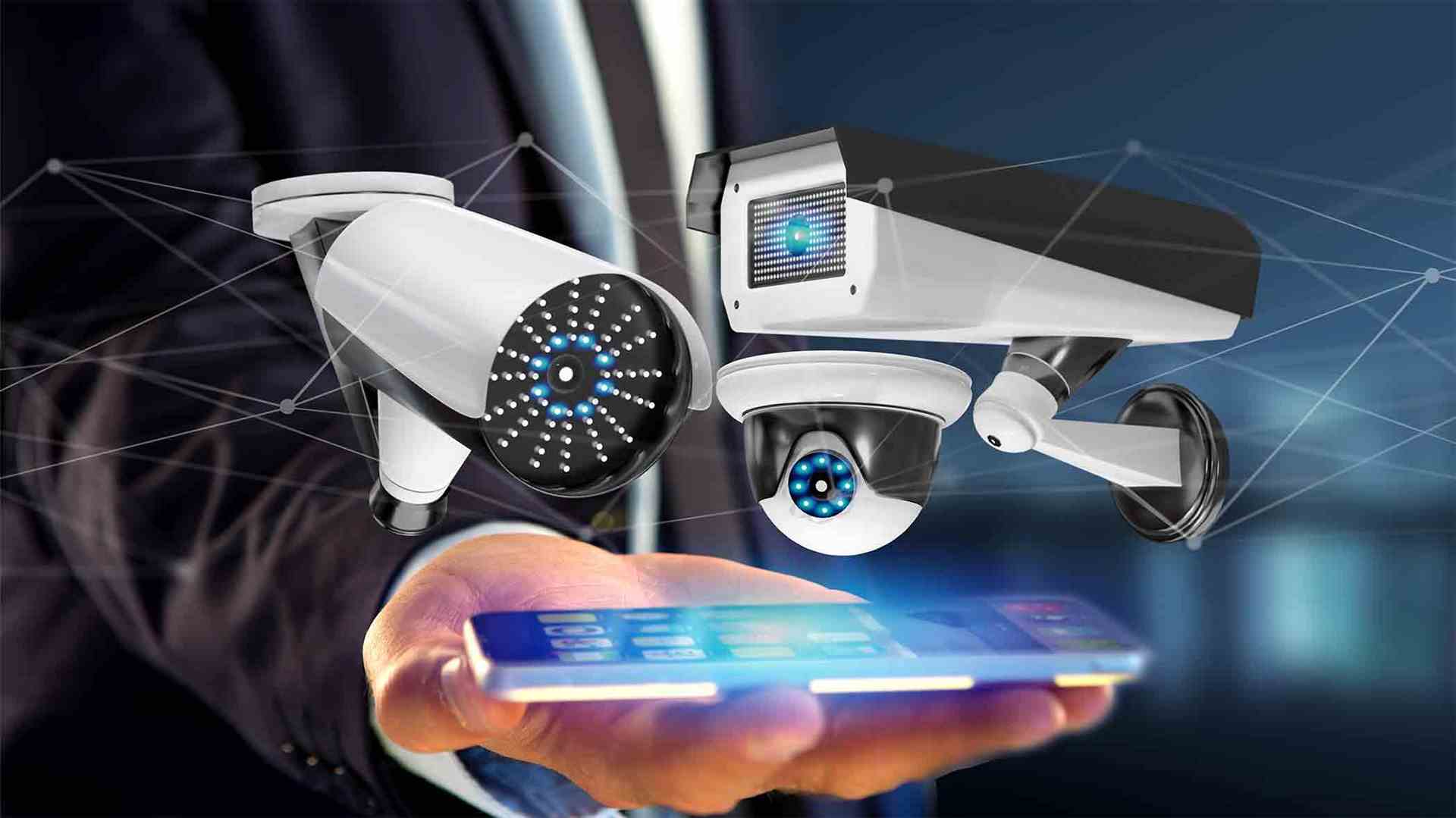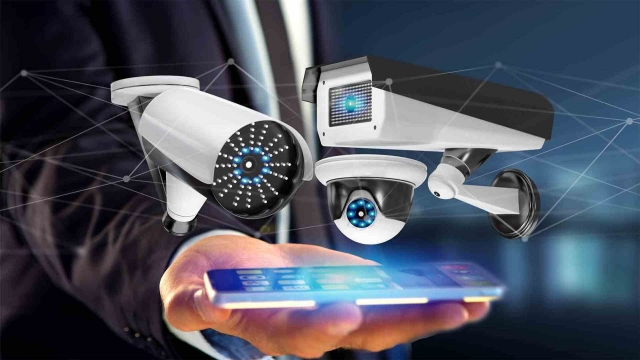
In today’s world, the presence of security cameras has become nearly ubiquitous, an integral part of our daily lives. From bustling city streets to quiet suburban neighborhoods, these devices serve as vigilant sentinels, capturing moments that can play a crucial role in ensuring safety and security. As technology has advanced, the capabilities of security cameras have expanded, providing not just surveillance but also peace of mind to countless individuals and communities.
The power of these devices lies in their ability to deter crime, provide evidence in legal situations, and create a sense of safety in environments where people live and work. With the ability to monitor areas in real time and record high-definition footage, security cameras have transformed the way we approach personal and public safety. Whether placed in homes, businesses, or public spaces, the impact of security cameras is profound, reflecting a commitment to fostering safer environments for everyone.
Security Camera Repairs
The Evolution of Security Cameras
Security cameras have come a long way since their inception in the mid-20th century. The first known security camera was developed in 1942 in Germany, primarily for monitoring V-2 rocket launches. These early systems were relatively primitive, relying on analog technology to capture footage that could only be viewed after being recorded on film. This limited their effectiveness for real-time surveillance, but it marked the beginning of a pivotal advancement in public and private security measures.
With the advent of closed-circuit television (CCTV) in the 1960s, security cameras began to gain traction in both commercial and residential settings. These systems allowed live feeds to be transmitted to specific monitors, significantly improving the ability to observe and respond to incidents as they happened. The 1980s introduced videotape recorders that enabled longer storage periods, offering enhanced security capabilities. This era saw the emergence of security cameras in banks, malls, and other public spaces, leading to a broader acceptance of surveillance as a security strategy.
The digital revolution of the late 1990s and early 2000s pushed security cameras into a new realm of effectiveness and accessibility. IP cameras emerged, allowing for higher resolution images and remote access via the internet. This technology transformed how security systems are implemented, leading to widespread adoption in homes and businesses alike. With features like motion detection, night vision, and advanced analytics, modern security cameras are not only eyes on the environment but also evolving tools for safety and crime prevention.
Benefits of Surveillance Systems
One of the primary benefits of security cameras is their ability to deter criminal activity. The mere presence of surveillance systems can significantly reduce the likelihood of break-ins, vandalism, and other crimes. Potential offenders are often discouraged from targeting a location if they know they are being watched, leading to increased safety and security for homes and businesses alike. This proactive approach to crime prevention makes security cameras a valuable investment for anyone looking to protect their property.
In addition to crime deterrence, security cameras provide crucial evidence in the event of an incident. Footage from surveillance systems can be instrumental in identifying suspects and providing law enforcement with concrete evidence to aid investigations. This not only helps in resolving crimes more efficiently but also supports insurance claims by documenting incidents. The peace of mind that comes from knowing that there is a reliable record of events can be invaluable for property owners.
Moreover, security cameras enhance overall situational awareness. With advancements in technology, many modern surveillance systems offer features such as live streaming and mobile accessibility. This allows users to monitor their property from anywhere at any time, providing real-time updates and alerts. By having eyes on their property, individuals can respond more quickly to potential threats, ensuring a higher level of safety for themselves and their loved ones.
Challenges and Ethical Considerations
The proliferation of security cameras has raised significant challenges and ethical dilemmas in modern society. One of the main issues is the potential for privacy invasion. As security cameras become pervasive in both public and private spaces, individuals may feel uncomfortable knowing they are constantly being monitored. This can lead to a societal norm where personal space and privacy are diminished, as the line between security and surveillance blurs.
Another critical concern is the potential misuse of the footage captured by security cameras. There is a risk that the data can be accessed by unauthorized individuals, leading to privacy breaches and even identity theft. Moreover, in the wrong hands, the recorded footage could be used to harass or intimidate individuals, prompting fears that security measures can paradoxically make people feel less safe rather than more secure.
Finally, there are considerations regarding accountability and bias in how security cameras are used. The deployment of cameras often disproportionately affects certain communities, raising questions about racial profiling and discrimination. Additionally, algorithms used in analyzing footage may carry inherent biases, resulting in unequal treatment of individuals based on flawed data. Addressing these challenges requires a delicate balance between enhancing security and protecting individual rights.
